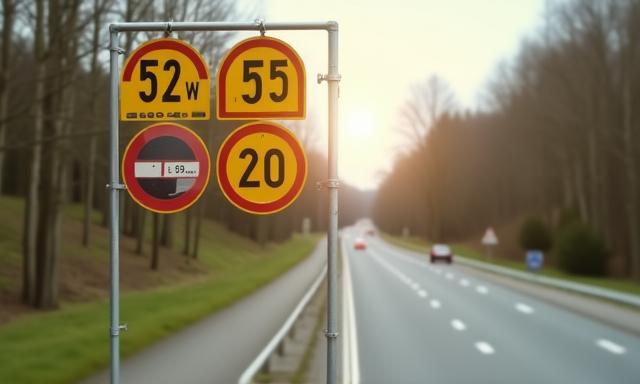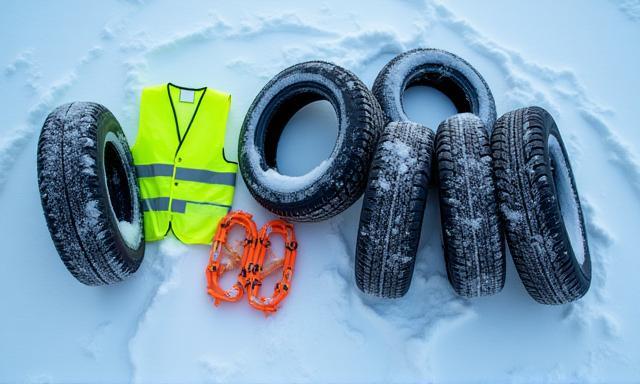Speed Limits
The general speed limit on Austrian autobahns is 130 km/h. Expressways typically have limits of 100 km/h, and urban areas are limited to 50 km/h unless otherwise posted.

Empowering your Austrian journey with expert travel insights
Austria’s extensive autobahn network is renowned for its efficiency and well-maintained roads, connecting key cities and scenic regions. Major travel corridors like the A1 West Autobahn, A2 Süd Autobahn, and A12 Inn Valley Autobahn form vital arteries for both locals and tourists. Understanding the rules, toll requirements, and road conditions is crucial for a safe and smooth journey.
Before hitting the road, familiarize yourself with the vignette system and additional toll segments, especially tunnels and alpine passes. This guide provides essential quick facts and detailed information to prepare you for your Austrian adventure.

The Österreich Vignette is a mandatory motorway toll sticker required for almost all Austrian autobahns and expressways. It allows you access to these roads legally and helps fund road maintenance and infrastructure.
Prices may vary; always check official sources before travel.
Vignettes are available at petrol stations near borders, motorway entry points, online via official websites, and some convenience stores. Purchasing before entering Austrian motorways is recommended.
Driving without a vignette is illegal and subject to heavy fines, including on-the-spot penalties that can exceed €120. Authorities frequently check vehicles, so compliance is essential.
Yes, some tunnels and alpine passes require separate toll payments beyond the vignette. These include Brenner, Tauern, and Karawanken tunnels, among others. Always check signs and local info.
Electric vehicles (EVs) in Austria generally require a vignette just like traditional vehicles; however, regulations may vary, so it is important to verify the latest official policies before your trip.
The general speed limit on Austrian autobahns is 130 km/h. Expressways typically have limits of 100 km/h, and urban areas are limited to 50 km/h unless otherwise posted.

From November to April, winter tires are mandatory. Carry snow chains, especially for mountainous routes. Watch for road condition updates and mountain pass warnings.

Overtaking is allowed only on the left. Mobile phone use is prohibited unless hands-free. Seat belts are mandatory for all passengers, front and rear.
Emergency numbers:
112 - EU-wide emergency
ÖAMTC: +43 1 588 00 (Austrian Automobile Club - breakdown service)
Local police: 133
If you must stop on the autobahn, use emergency lanes only for breakdowns or accidents. Use SOS emergency phones marked along the route to call for assistance when mobile signals are unavailable.
Road and weather conditions in Austria can change quickly, especially in mountainous areas. We recommend regularly checking official sources such as the ASFINAG website or the ASFINAG app for current traffic updates, road closures, and weather warnings.
Tune into local radio stations for live traffic reports while driving. Your awareness and preparedness will ensure a safer and more enjoyable trip.
Help us keep our information up to date! Share your travel experiences and tips by contacting us at [email protected].